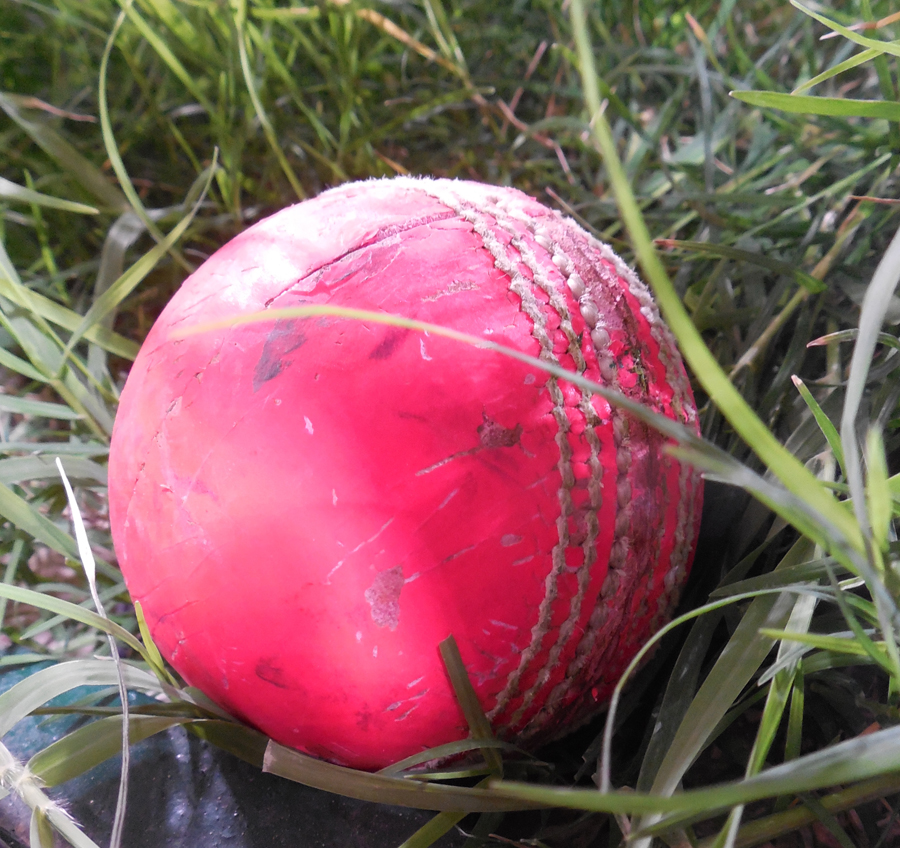The match, however, was a one-off event. Cricket continued in its genteel tradition for the next two decades before an ambitious Australian media tycoon shook things up in 1979. Kerry Packer scoffed at cricket’s set methods and started a revolution. Audiences flocked in huge numbers to see Packer’s circus –dressed in coloured finery – playing in floodlit stadiums and Imran Khan's now famous phrase "Big boys play at night" became iconic. Cricket had no choice but to give in to what the audiences wanted.
Nowadays, the vast majority of limited overs matches are all played under floodlights, with day games becoming a rarity over the past five years. Test cricket, however, shunned the lights. It stuck to its traditional format, with play from morning till evening with breaks for lunch and tea. Until now.
On November 27, Test cricket will begin a fresh innings when Australia and New Zealand take the field for the third Test at the Adelaide Oval. For starters, the game will begin not in the morning, but at 2 pm. There will be no lunch break, but a tea and a dinner break instead. And in a huge break from cricketing tradition, the ball will not be the comforting red cherry, but an exotic pink missile.
How we got here
Day-night Test matches have been mooted since the start of the new millennium. Since One Day Internationals and Twenty 20s became popular, crowds for Test cricket have considerably declined. Outside of Australia and England, Test matches are poorly attended.
Critics say that Test match cricket is an anachronism in the modern world. They argue that very few people now have the luxury or inclination to watch matches that last five days. The advent of theTwenty20 format seemed to prove them right. At a time when English domestic cricket was struggling to fill seats, Twenty20 matches scheduled in the evenings attracted huge audiences.
Suggestions to shorten Test matches have never seriously been entertained. But with cricket custodians realising the importance of preserving the “purest form of the game”, there was considerable discussion on how to bring back audiences. In October 2012, world cricket’s governing body, the International Cricket Council, changed the rules pertaining to playing conditions for Test cricket, thus making day-night Tests a possibility.
Why pink?
Photo Credit: Wikimedia Commons
Expectedly, there has been a furore over the use of a pink ball for the day-night Tests. In the 138 years of its existence, Test cricket has witnessed many changes such as the move from underarm bowling to overarm, from uncovered pitches to covered, from timeless Tests to five-day games. But the red ball remained the one distinguishing, unchanged facet of Test cricket.
However, playing cricket under lights is rather complicated. As limited-overs cricket discovered quickly, "flaring" red balls were difficult to sight under lights and hence the shift to white balls and coloured clothing. In Test cricket, however, using a white ball is untenable as the players wear white, thus making it difficult to sight the ball. After much deliberation and discussion, the decision to use a pink ball for day-night Tests was taken. It was trialed at the first-class level ahead of its debut on the international stage on Friday.
The pink ball has received a mixed reception from cricketers accustomed to red or white balls. After an Australian first-class match, fast bowler Mitchell Starc said that he found it difficult to see the ball from the outfield at night. His team-mate Josh Hazelwood raised some safety concerns. “It might be a little dangerous...” he said.
Kookaburra, the manufacturer of the pink ball, defended the pink ball and said that it was “as close to the red ball as we could make it”.
Either way, expect a lot of close-ups of the ball once the first ball is bowled in Adelaide on Friday.
Ticket sales
Going by the initial response, the proposed day-night experience seems to have generated considerable enthusiasm. South Australia Cricket Association chief Keith Bradshaw said there has been huge demand for tickets for the Adelaide Test and up to 40,000 people are expected to attend the first day. This would be significantly higher than the attendance for the first two Tests in this series.
The day-night concept has found favour with Indian Test captain Virat Kohli and former Australian captain Steve Waugh. Kohli called it “a big experiment” and that he hoped that “it works”, while Waugh said that cricket needs day-night Tests to succeed to bring people back into the game.
Waugh’s point about bringing people back is the crux of the issue. Those who defend Test match traditions often forget that Test cricket has had to incorporate various rules changes through its long, distinctive history. For a format considered the greatest form of the cricket, it is a worrying trend that it is not able to attract viewers. Instead of dismissing the day-night Test as just a gimmick, lovers of Test cricket should actually hope that it works, because, alternative could be something worse: the death of Test cricket as we know it.











